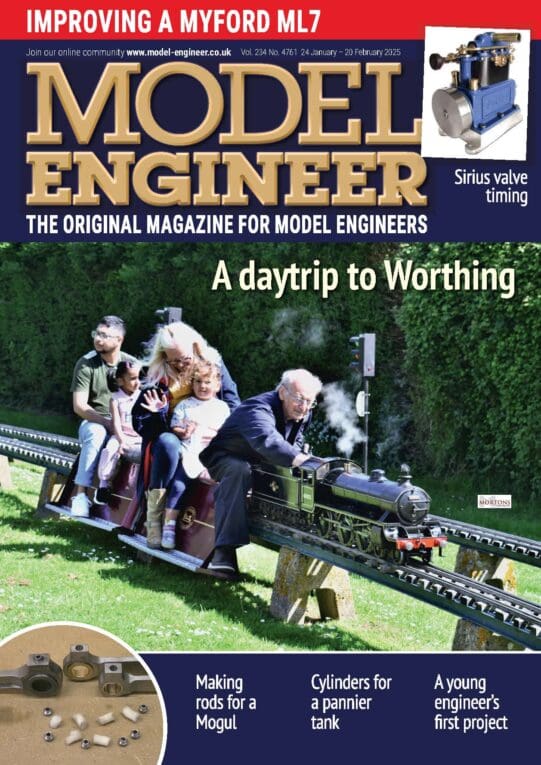It all depends on why your needing or wanting a surface plate. If your checking the flatness, parallelisum etc of anything, or scraping parts to a high degree of precision. Then no, that particular surface plate isn’t going to be good enough without it first being re-scraped against a known to be highly accurate master surface. Or using the very involved and labor intensive 3 plate method. https://ericweinhoffer.com/blog/2017/7/30/the-whitworth-three-plates-method Picking up and moving your magnetic indicator base for each measurement isn’t the usual recommended procedure either. Leaving out the use of that magnetic indicator base, then in general, it would be better to first ensure the plate and the base of the tool holding the indicator are almost surgically spotless, then slide the base around the plate. Checking flatness over larger areas is one of the harder things to do without the much more specialized and expensive equipment designed for the task. And that Suburban Tools video explains why quite well.
Now if your only intending on using it for marking out, it would be fine, or at least good enough. Even a thick piece of what’s known as float glass as Dave and Gray already mentioned can fill in for a surface plate for general marking out if needed. So it really depends on your level of accuracy and what your doing with it that dictates what may or may not be good enough. Highly accurate, rigid, repeatable and yet cheap usually doesn’t happen. And most items that might be used on a surface plate will have the base built from cast iron and not hardened steel. The coefficient of friction with cast iron on cast iron is far less than steel against cast iron, and it’s much less likely to scratch or damage a surface plate. For checking anything made from softer metals, aluminum, brass, or if there hardened, it’s also better to slide the gauge around the part than slide the part around and under the gauge. Personally, I don’t think a magnetic indicator base is anywhere large enough or probably even close to flat enough for use on a surface plate. The tools stability and known repeatability while rigidly holding an indicator are everything for accurate measurements or test checks.
Pre owned surface gauges such as the one’s in Nicholas’s and Grahams pictures can be picked up quite reasonably from used tool sellers or places like Ebay. It’s extremely important that the working surface of there base is still flat and does not show any evidence of rocking though. Slight rust pitting will have no real effect, flat is much important than perfect aesthetics. Commercial snugs are available that can be used to adapt most DTI’s or plunge indicators to those SG’s. Again it depends on the indicators design, and especially so for dti’s. My Mitutoyo dti’s are easiest to use with a dovetail clamp. Most of the cheapest snugs will be made using injection molded plastic and are I think a poor substitute for metal. Or shop made versions aren’t too difficult to design & machine. https://www.glue-it.com/homemade-tools/old-snug-new-snug/ Most SG’s that are similar to the Starrett, B & S or other surface gauges will also have that built in adjustment in the base that’s used to then help zero the indicator on the part. That to me is an extremely important feature to have. At one time many apprentices made there own surface gauges, so machining your own version certainly isn’t out of the question. And with a few simple additions, these SG’s can also check squareness that’s also something important. https://www.instructables.com/Modifying-a-Surface-Gauge-for-Squareness-Measuring/ But you’d still need an accurate surface plate as your first reference surface to use it properly.
 Nicholas Farr.
Nicholas Farr.

















